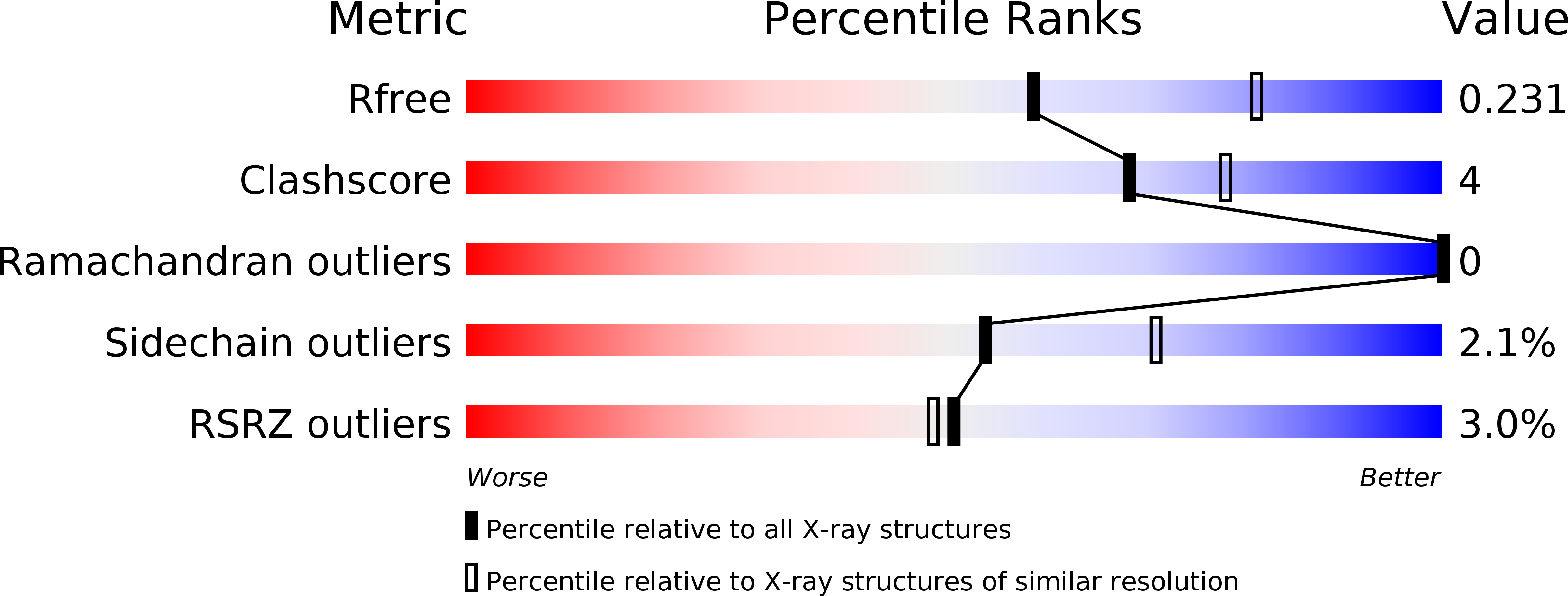
Deposition Date
2012-06-20
Release Date
2013-01-16
Last Version Date
2024-10-16
Entry Detail
PDB ID:
4FOF
Keywords:
Title:
Crystal Structure of the blue-light absorbing form of the Thermosynechococcus elongatus PixJ GAF-domain
Biological Source:
Source Organism:
Thermosynechococcus elongatus (Taxon ID: 197221)
Host Organism:
Method Details:
Experimental Method:
Resolution:
2.42 Å
R-Value Free:
0.22
R-Value Work:
0.17
R-Value Observed:
0.18
Space Group:
H 3 2


